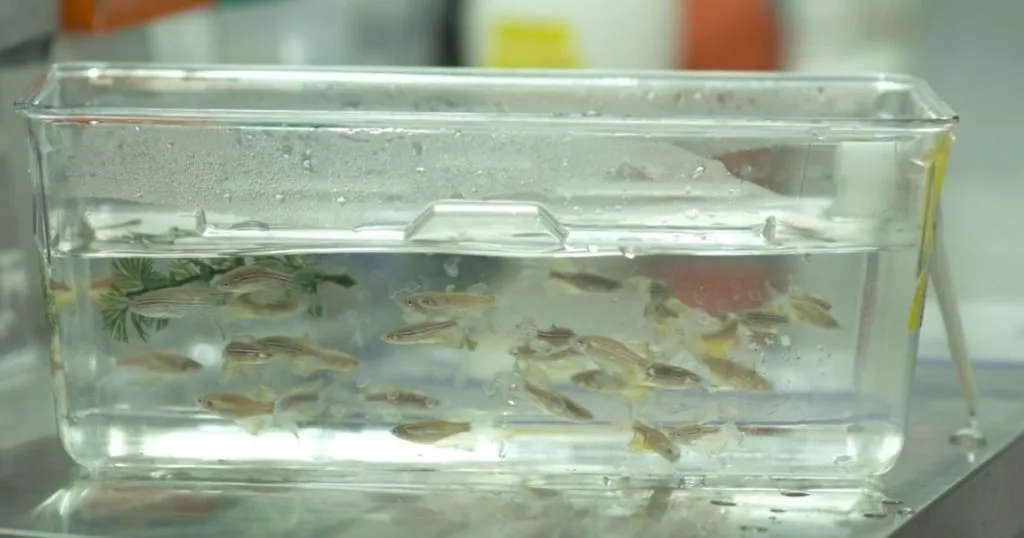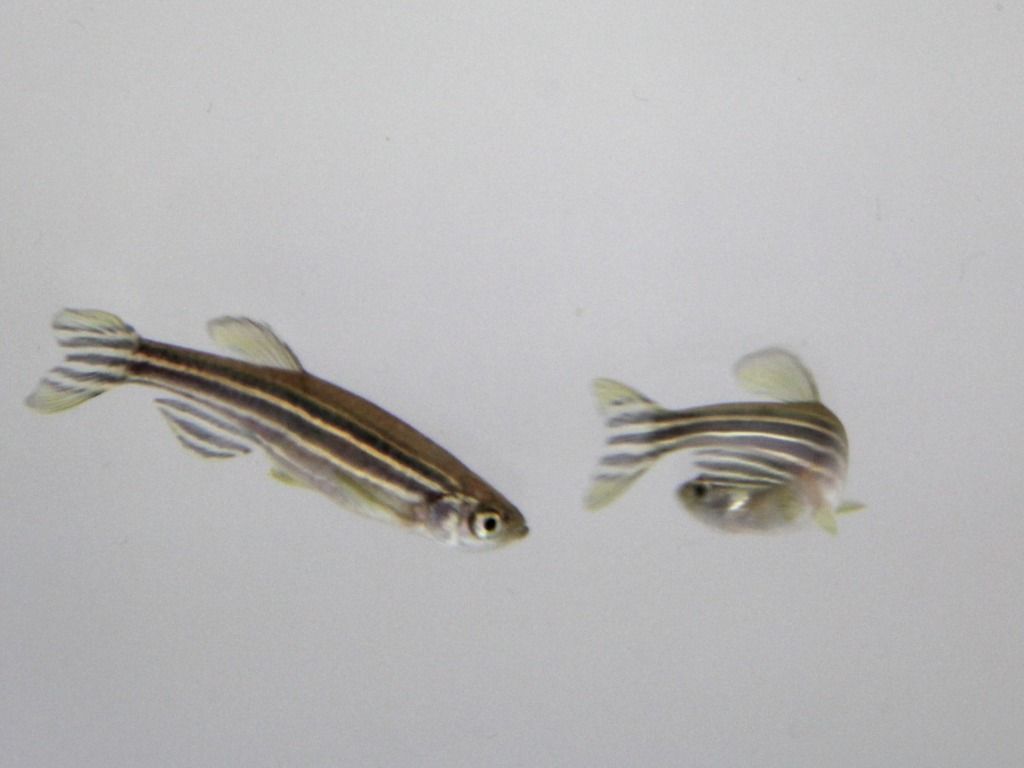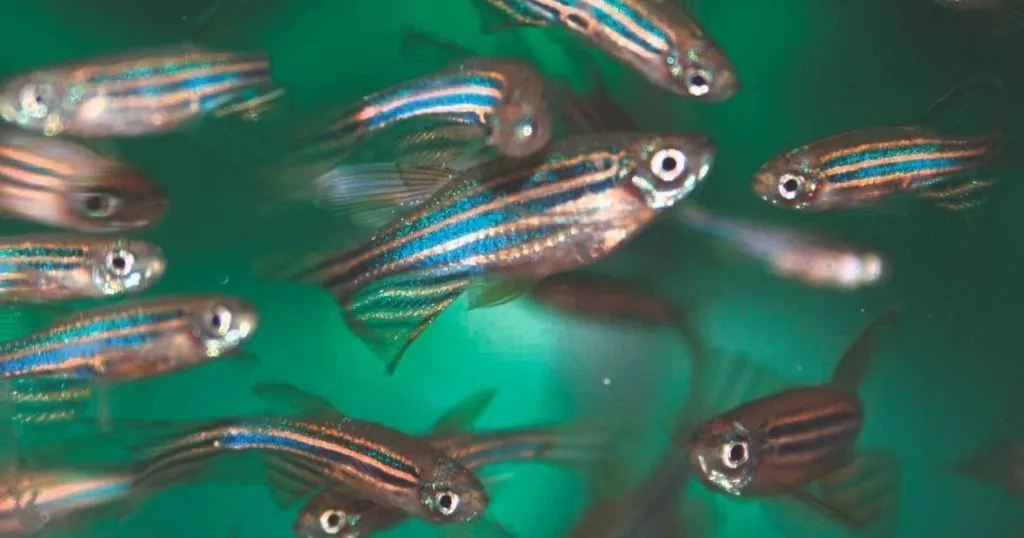How to measure a zebrafish larva’s highly stereotyped response to water motion?
At the Max Planck Institute for Medical Research in Heidelberg, Germany, Groneberg and colleagues researched one of the neural bases for behavior in Danio rerio.
Posted by
Published on
Thu 09 Jul. 2015
Topics
| Danio Rerio | EthoVision XT | Video Tracking | Zebrafish |

At the Max Planck Institute for Medical Research in Heidelberg, Germany, Groneberg and colleagues researched one of the neural bases for behavior in Danio rerio. They showed that larval zebrafish execute approach reactions followed by a form of positive taxis and gradual motion damping in response to water flows. That might sound complicated, but what it basically means is that zebrafish larvae are able to detect minute movement in the water and respond in a stereotypical way.
Interesting experimental set-up
Aside from the results, what is also interesting in their research is the way the experiment was conducted. To ensure that the behavior of the zebrafish was as natural as possible, the complete experiment was pre-programmed in the EthoVision XT software. This way, the researchers did not have to interact with the set-up; sounds and vibrations in the room did not influence the behavior of the zebrafish at all. Such automation also eliminated the risk of observer bias, delayed responses by the experimenter, or even completely missing a cue.
But the zebrafish larvae were swimming around freely. How do you program a stimulus when you don’t know when the animal will show that specific behavior? Testing each animal individually, the idea of the researchers was to elicit a lateral displacement (water motion) when the zebrafish larvae’s heads appeared within a distance of 1.75 mm from the center of the swimming chamber. This was all executed by EthoVision XT. EthoVision XT calculated where the larvae were compared to the center of the chamber. When the head of the larvae entered the “virtual triggerzone”, the EthoVision XT software triggered the flow-device to start the lateral displacement (LD).

What about the stereotyped responses?
During 300 seconds of experimentation, freely swimming larvae elicited an average of 8.2 (± 0.9) LDs, with an average time interval of 21.2 seconds (± 2.1 s) between LDs. With long and varying inter-LD intervals, both reaction latency and maximum displacement remained invariant to the number of LD presentations. To further investigate behavior towards LDs, two protocols were tested. One protocol looked at behavior when the LD was given, invariant to the larva’s position. The larvae shortened their distance to the stimulus source and showed reduced locomotor activity, reaching almost complete immobility as long as the LDs persisted. They recovered, but very gradually, to pre-stimulation locomotion levels.
The second protocol tested LD stimulation when the larvae swam near the stimulus source. Again, the animals approached the source and reduced their locomotor activity. These experiments have been tested in more detail to investigate the effect of stimulus properties and sensory background on motion damping. The effects of group housing vs. individual housing were also examined; surprisingly, larvae that had been raised individually showed a greater response than larvae raised in groups.
Four categories of responses revealed for future research
The results of this research uncovered a response in zebrafish larvae that meets four categories of behavior:
- Orienting: unconditioned species-specific responses
- Stimulus differentiation: selective responsiveness to stimuli and discrimination against sensory background
- Parallel processing: altered capacities to process parallel inputs
- Sustained responsiveness: reactions to stimuli over prolonged periods of time
These responses could be beneficial for behavioral screens commonly used for research on arousal, high-throughput genetics and pharmacological screening.
Find out more
Groneberg, A.H.; Herget, U.; Ryu, S.; De Marco, R. (2015) Positive taxis and sustained responsiveness to water motions in larval zebrafish. Frontiers in Neural Circuits, 9(9), doi: 10.3389/fncir.2015.00009.
Read more about behavior in zebrafish in these blog posts, or about the application of automated stimulus responses based on actual behavior of an animal here.
Related Posts

Inhibitory avoidance learning in zebrafish (Danio rerio)

The search for robust fear inducing stimuli in zebrafish research

